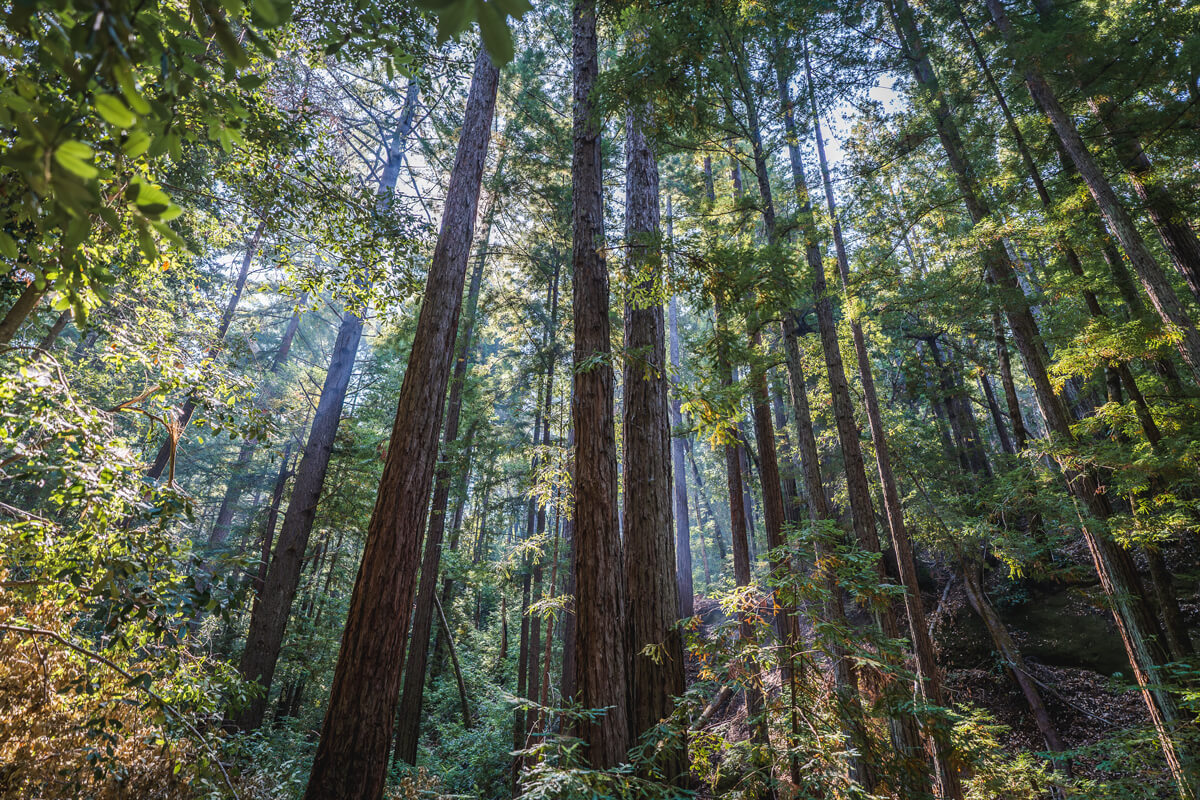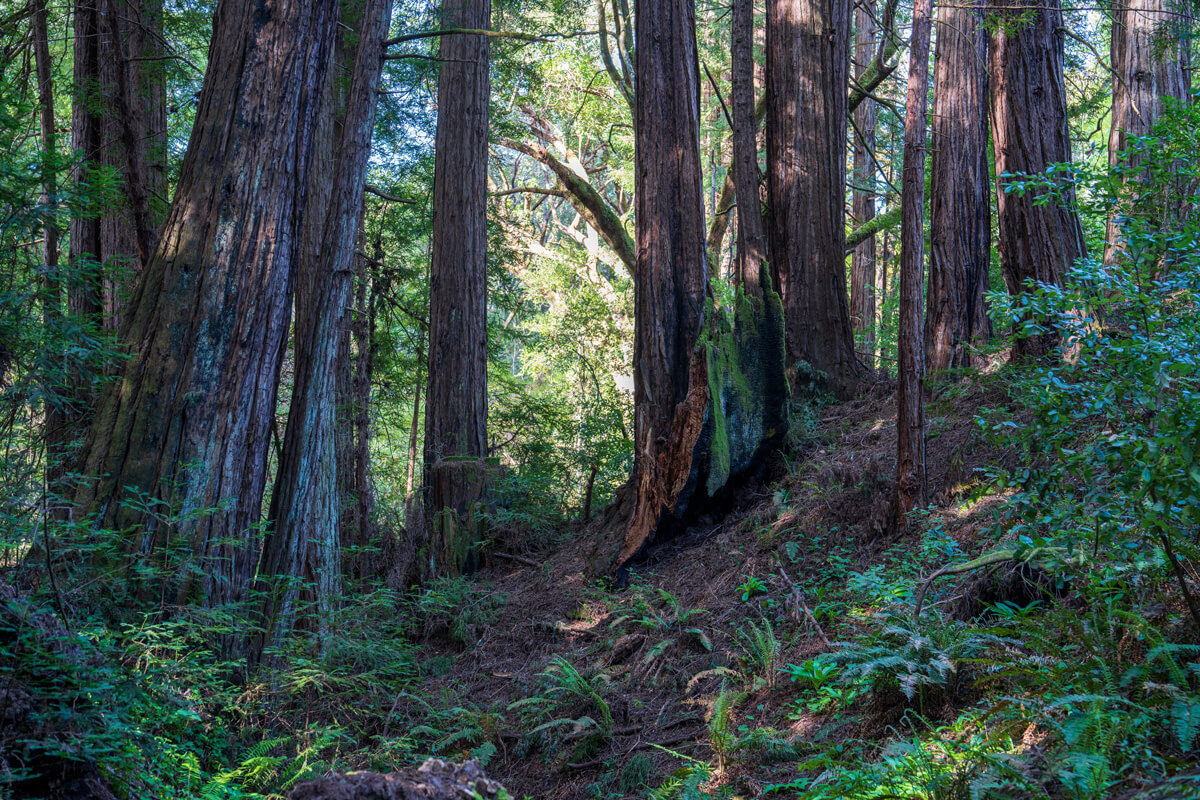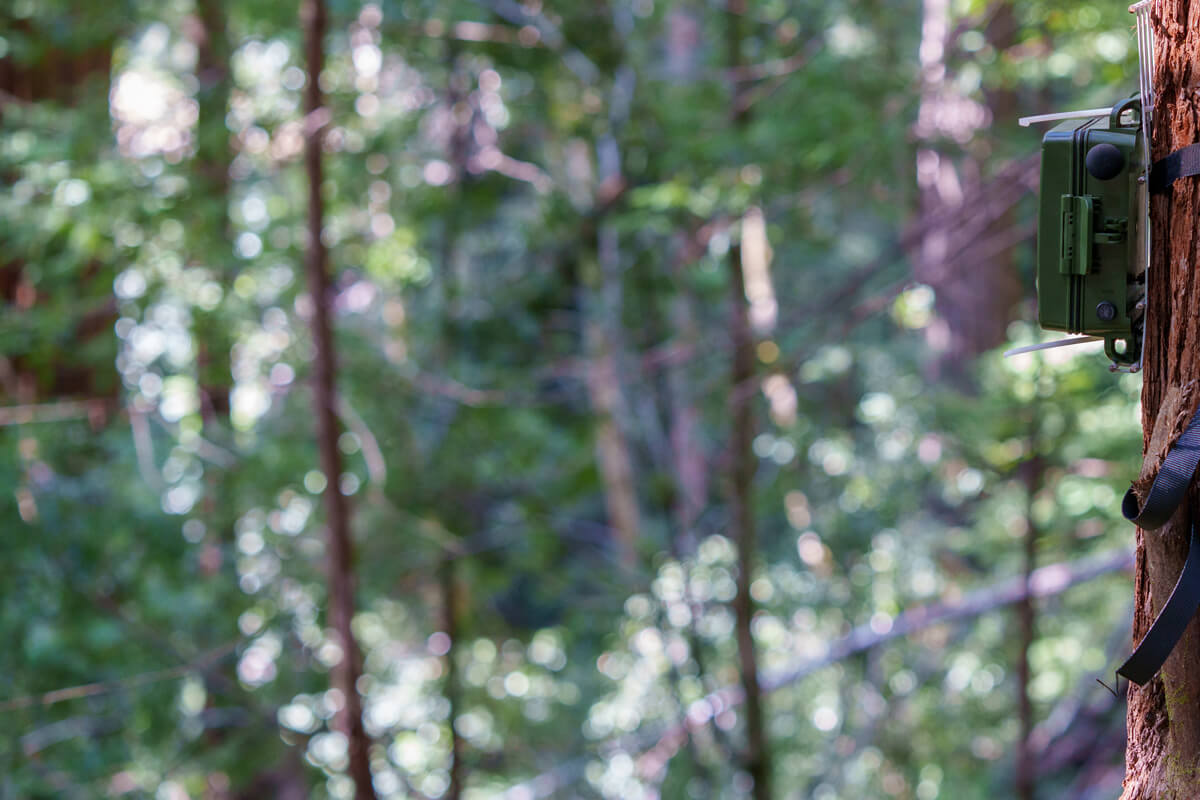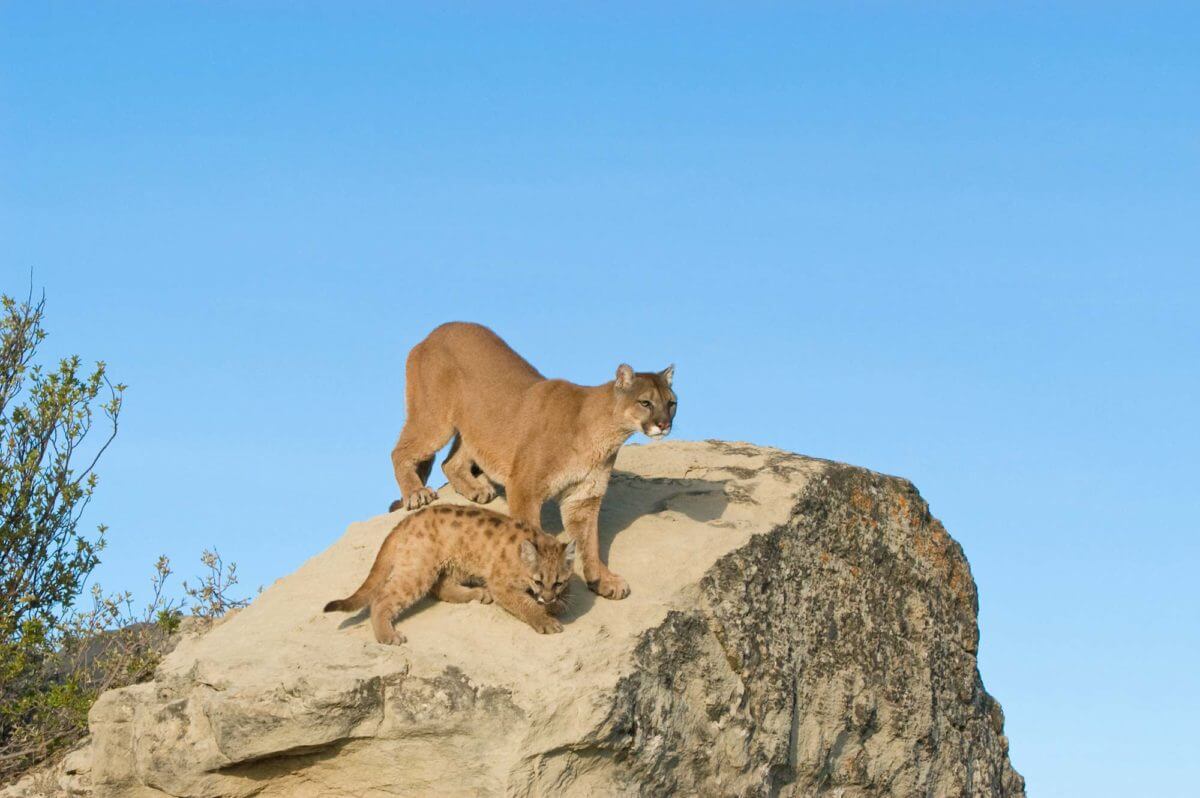Posts Tagged ‘wildlife monitoring’
A Stewardship Story: Return to Nature
Surviving since nearly the age of the dinosaurs, redwoods are resilient—but only 5% of them have survived the last century and a half. Human impacts have left redwood forests struggling to recover. Together, we are carefully caring for the redwood forests you protect, resetting their natural systems, and helping them return to nature. Take a peek behind the trees at how you have helped the redwood forests of the Santa Cruz mountains–some of the most biodiverse and threatened on Earth–this year.
Read More2023 News: What You’ve Made Possible
Without supporters like you, fewer forests would be protected and habitats restored, and they would be less resilient to fires, floods, and the increasing threats from our changing climate. You have made so many amazing things happen this year for redwood forests, and the people, plants, and creatures that need them. Thank you for protecting forests that help protect us all! Here are a few of the moments you made possible in 2023.
Read MoreClose Encounter: Monitoring Marbled Murrelets
An endangered elusive, young seabird was found on the ground in one of its harshest habitats–the Santa Cruz mountains–where they and the redwoods they rely on are both at the end of their range. Read the story of this rare encounter and how monitoring marbled murrelets in the redwoods can support these dwindling species where they bear the brunt of climate change impacts and how you can help.
Read MoreThe Life and Times of Pumas
Pumas thrive when they can range from mountain top to mountain top. Unfortunately, in the Santa Cruz Mountains, their range is interrupted frequently, making it difficult for the species to survive. In fact, only 40 pumas are known to be active in the region. We have a lot of work to do to protect and expand their habitat, but how do pumas develop and grow? Read about the life cycle of pumas and their families over time.
Read MoreRedwoods, Pumas, and People
Pumas (Puma concolor) are the native mountain lions and bobcats, also known as panthers, cougars, or catamounts. The extensive ranges pumas need for territory, hunting and breeding is one reason why it’s so important to have large intact habitats with connected wildlife corridors. Roads and new development that fragment habitat are the biggest threats to pumas.
Read More





